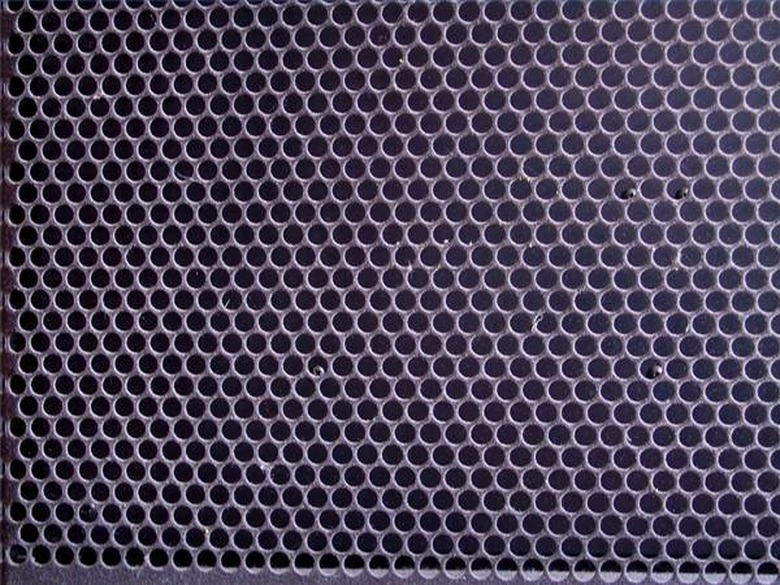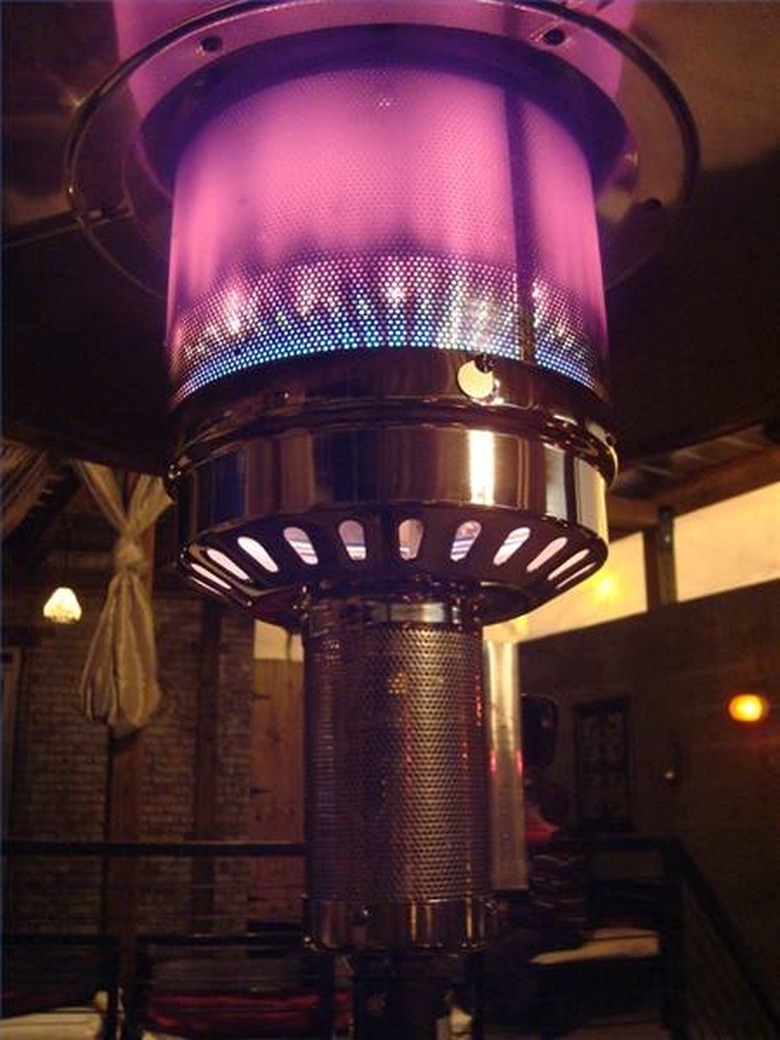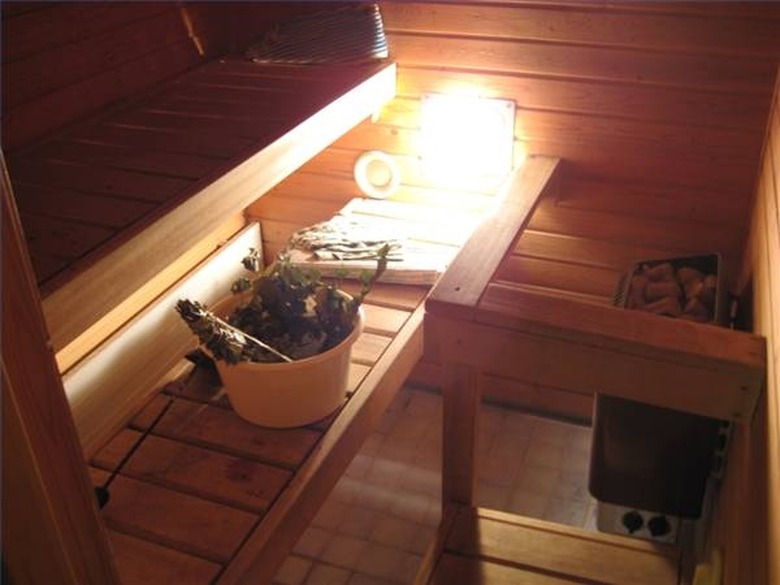What Are Infrared Heaters?
High-efficiency infrared heaters use electricity or another fuel to heat an filament (or element) which emits infrared light. The light energy is directed by reflectors onto the object or area. Absorption of the light energy results in heating of the target.
Features
Features
Infrared heaters contain a coil filament, often made of tungsten, carbon or iron alloys.The element is often protected by a quartz glass tube filled with inert gas or embedded in ceramic. Light energy is emitted directly onto a targeted object, toward a fan for convection heating or reflected onto a conducting surface.
Function
Function
Infrared heaters are used in industrial applications such as molding plastics and drying paint. Commercial applications include warehouse, construction and aviation hangar heating. Consumer uses include patio heaters, portable space heaters, convection ovens, incubator heat lamps and dry saunas.
Benefits
Benefits
Low-temperature infrared space heaters reduce the risk of accidental home fires. Infrared heaters also increase comfort by preserving humidity commonly lost with electric heat furnaces. Infrared heaters may also help homeowners avoid harmful emissions such as carbon monoxide and carcinogens common to other fuel sources, such as heating oil.
Types
Types
Infrared heater types include ceramic emitters, metal tubulars, quartz lamps and quartz tubes. Infrared heater filaments can be powered by electricity, propane or natural gas. These types vary in operating temperature, wavelength, durability, efficiency and cost.
Expert Insight
Expert Insight
Infrared heaters are classified by the wavelength of the light emitted by the element. Short-wave infrared heaters reach high temperatures suitable for industrial processes while long-wave infrared heaters are common in residential uses. Infrared heaters exhibit highest efficiency when wavelength is closely matched to the absorption spectrum of the targeted object.
Cite This Article
MLA
Boulianne, Carla. "What Are Infrared Heaters?" sciencing.com, https://www.sciencing.com/infrared-heaters-5037920/. 24 April 2017.
APA
Boulianne, Carla. (2017, April 24). What Are Infrared Heaters?. sciencing.com. Retrieved from https://www.sciencing.com/infrared-heaters-5037920/
Chicago
Boulianne, Carla. What Are Infrared Heaters? last modified March 24, 2022. https://www.sciencing.com/infrared-heaters-5037920/


